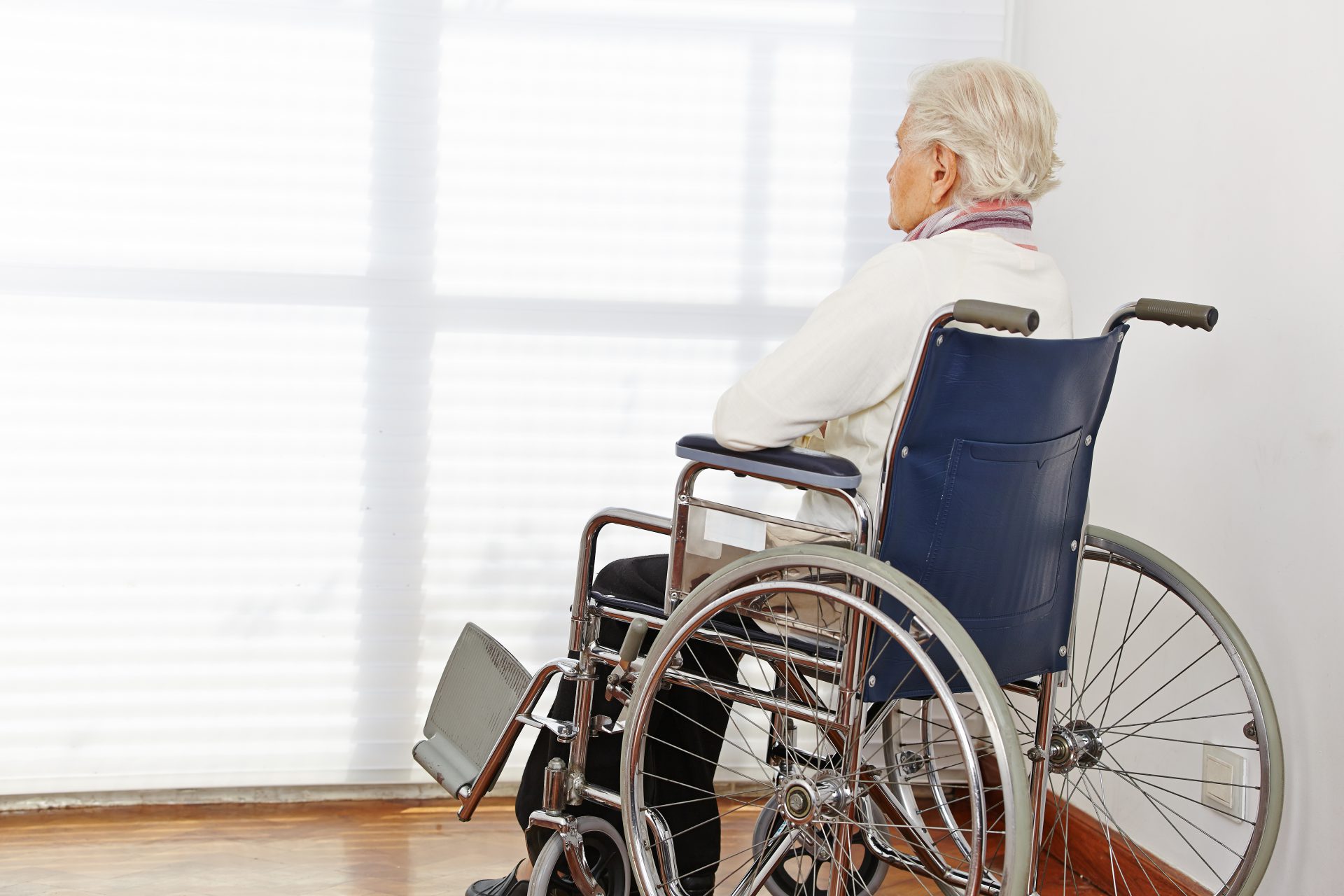
COVID Has Shown that Elder Care Needs Disruption
The coronavirus pandemic has revealed several industries that are in need of substantial disruption.
Right at the top is the eldercare industry, specifically retirement homes. Whether it be in Spain, the United States, or Canada, many retirement homes have proven themselves to be unreliable guardians of the elderly. Thousands have died or been abandoned due to the incompetence and/or indifference of care home companies.
However, the problems with elder care facilities long preceded COVID. They are often not really accountable to anyone in practice. They are heavily dependent on poorly paid labour which frequently turns over. They do a poor job of solving the other challenges the elderly face, such as loneliness and elder abuse. In addition, elder care is expensive. Most retirement home facilities are difficult for many families to afford.
And this is all while the population of elderly people is relatively low and the available resources can be spent on fewer people. The number of elderly people is set to double over the next few decades in the United States and Canada, only raising the economic costs.
Specific Areas of Innovation
If you are interested in tackling this problem, here are some areas you might consider as starting points.
Accountability
Retirement homes have few accountability mechanisms. Government inspection departments are understaffed and often not empowered to proactively investigate. The elderly in the homes lack access to technology that would allow them to contact the appropriate investigators, even if they were comfortable using it. Many elderly are reluctant to burden their kids with issues so they would rather suffer than make them worry. Retirement home margins are often low, which encourages a nickel and dime mentality and relentless pressure to drive costs downward.
Given how coronavirus has exposed the poor operations and standards of these facilities, a way is needed to verify that retirement homes are providing a quality product and if they are not, rapidly expose that to the residents, their family members, or the government.
Socialization
Every nursing home has stories of residents who are only visited a couple of times a year. Depending on the study, somewhere between 18% and 40% of nursing home residents consider themselves often or always lonely. While technology has a poor track record of actually reducing loneliness, it may be better than nothing here.
Automation
This is the obvious one, but there could easily be some low hanging fruit. Those workers at the retirement homes are working at a rapid pace at something. Could that something be automated in any way?
Aging in Place
Considering how the elderly have been treated by retirement facilities, I can see far greater reluctance to use them and far greater interest in an alternative. Are there ways technology could help people stay in their homes?
Labour Multiplication
The industry is heavily dependent on minimum wage human labour and it can just barely find enough workers. It is chronically accused of understaffing while structuring shifts so that workers need to work at multiple care facilities to make a living (a possible contributor to the spread of COVID). There is no room to cut costs further under the existing model.
Even if large parts of the elder care process cannot be automated, perhaps technology could allow personal care workers to achieve more within their shift.